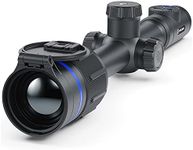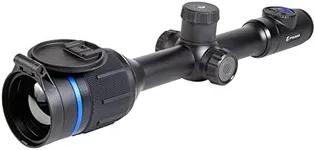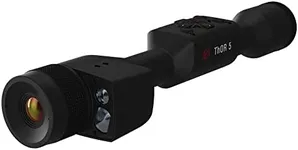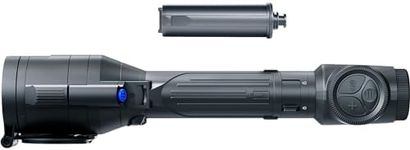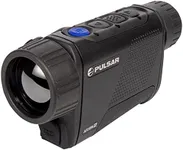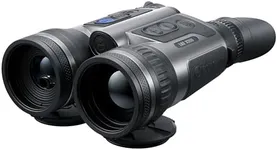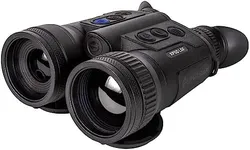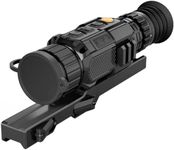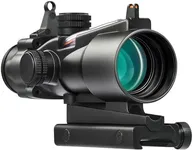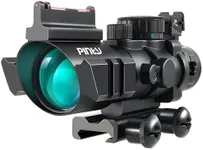Buying Guide for the Best Thermal Sights
Choosing the right thermal sight can significantly enhance your ability to detect and identify targets in low-light or obscured conditions. Thermal sights use infrared technology to detect heat signatures, making them invaluable for hunting, security, and tactical operations. To find the best thermal sight for your needs, it's important to understand the key specifications and how they impact performance. Here are the main specs to consider and how to navigate them.ResolutionResolution refers to the number of pixels in the thermal sensor. Higher resolution provides clearer and more detailed images, which is crucial for identifying targets at longer distances. Common resolutions include 160x120, 320x240, and 640x480. If you need to identify small or distant targets, opt for a higher resolution. For general use or closer ranges, a lower resolution may suffice.
Refresh RateThe refresh rate indicates how often the image is updated per second, measured in Hertz (Hz). Higher refresh rates (e.g., 60Hz) provide smoother and more fluid images, which is important for tracking moving targets. Lower refresh rates (e.g., 30Hz) may be adequate for stationary observation. Choose a higher refresh rate if you anticipate needing to follow fast-moving subjects.
Detection RangeDetection range is the maximum distance at which the thermal sight can detect a heat signature. This range varies based on the resolution and lens quality. Short-range sights (up to 500 yards) are suitable for close-quarters or indoor use, while long-range sights (over 1000 yards) are better for open fields or large areas. Consider your typical environment and the distances you need to cover when selecting a detection range.
Field of View (FOV)Field of View is the width of the area visible through the thermal sight, usually measured in degrees. A wider FOV (e.g., 24 degrees) allows you to see more of the surroundings, which is useful for scanning large areas. A narrower FOV (e.g., 12 degrees) provides more detail on a smaller area, which is beneficial for long-range targeting. Determine whether you need a broad overview or detailed focus to choose the appropriate FOV.
Battery LifeBattery life indicates how long the thermal sight can operate on a single charge or set of batteries. Longer battery life is essential for extended operations or situations where recharging is not feasible. Typical battery life ranges from a few hours to over 10 hours. Consider how long you will be using the sight in the field and whether you have access to spare batteries or charging options.
Weight and SizeThe weight and size of the thermal sight can affect your mobility and comfort, especially during prolonged use. Lighter and more compact models are easier to carry and handle, making them ideal for dynamic situations. Heavier and larger models may offer better performance but can be cumbersome. Balance the need for portability with the performance features you require.
Durability and Weather ResistanceDurability and weather resistance are important for ensuring the thermal sight can withstand harsh conditions. Look for models with robust construction and ratings for water and dust resistance (e.g., IP67). If you plan to use the sight in extreme environments, ensure it can handle the specific challenges, such as rain, snow, or rough handling.


